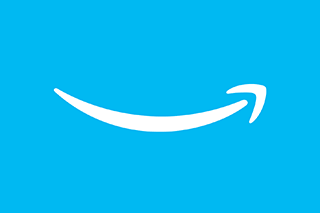The world of demand and supply (and yes, that’s the way it is now) is changing incredibly fast. One of our speciality markets, retail, is undergoing nothing short of a revolution in every aspect of the industry.
Evidence of that is happening every day. We’re seeing famous old brands dying and many others desperately seeking CVAs in order to try to stay alive. We don’t hear of lots of smaller businesses going the same way.
Change always has its victims, but equally it has success stories that we should celebrate. One of those is the western world’s leading retailer, Amazon, whose growth has been inexorable since its founding in 1994.
Becoming leading edge in any industry is difficult. Staying there is even harder. Doing that across several industries is incredibly rare. Amazon have done just that, becoming a bundle of services, products, content and convenience with the desire to be your first choice for everything.
The numbers behind the business are just phenomenal. They’re also well cited, so I’m not going to repeat them all here. However, 2017 estimates of 44% of US ecommerce occurring on Amazon.com and the figure of $136B in revenue last year I believe does deserve repeating.
One further number I saw today is also well worth a mention. It’s an important reason why Amazon is one of the most successful businesses ever. It’s caused by the fact that many millions of people love the brand, and keep returning to it.
In his recent annual letter to shareholders, Jeff Bezos told them that Amazon now has over 100 million members of its Prime service. That fact is incredible. 100 million people paying a brand for enhanced services and fulfilment. I believe I saw an article last Autumn stating that it was closer to 115 billion members. It was a huge proportion of the $9.72 billion paid to the business in subscription payments. In the US, Prime customers spend on average $1,500 each every year with Amazon, which is twice the amount non-Prime shoppers spend.
Add to that the fact that Amazon Web Services also handles 50% more web traffic that Google, Microsoft and IBM combined (42% of web traffic) and it seems that the business controls a lot of the territory it conducts business on too.
The future of retail lies in understanding in great detail how people want to shop in your particular sector and realising that the customer is now well and truly in control of the process. They are the centre of their own digital universe. Providing a membership system which 115 billion people pay to join is a pretty good way of being part of those universes.
It’s an example that many could emulate, if only at a smaller level.
How many can, and will, I wonder?
Bryan



